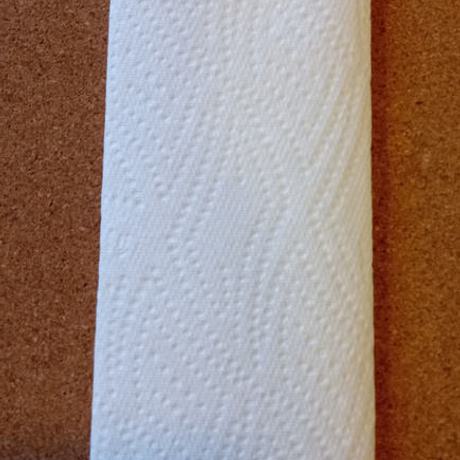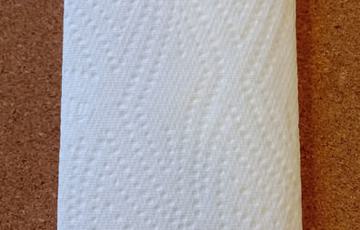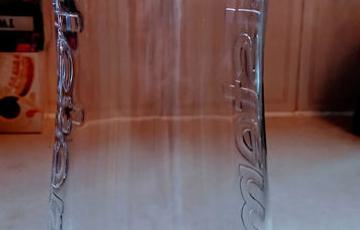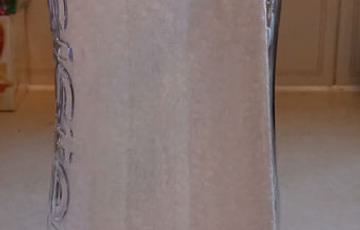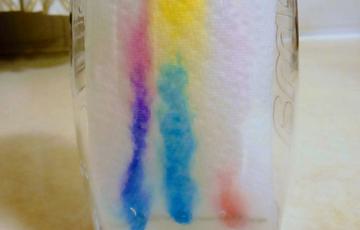Paper Rainbows
ResourcesChromatography is an easy activity to do at home with kids of all ages and you can make it as scientific as you like.
Chromatography is an experiment for separating a mixture and finding out what’s dissolved in it.
How to do Paper Chromatography
What you need:
- Some coffee filter paper or a sheet or two of kitchen roll
- 3 coloured felt pens
- A clear container
- A pencil
- A drop of water
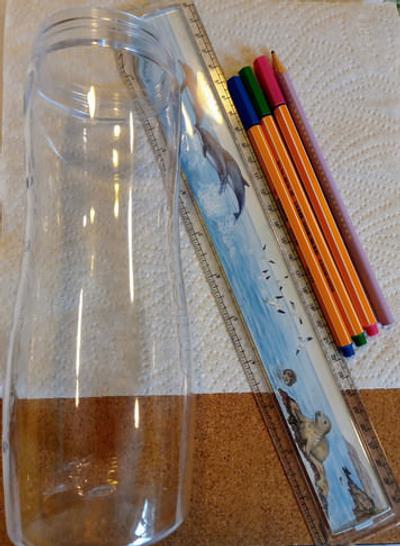
To find out how to do this experiment, read the instructions or follow the photos (with instructions) in the gallery below.
How to:
- Get your piece of filter paper or kitchen roll (folded into a strip) and draw a horizontal line with a pencil about 4cm up.
- Draw three dots on the line with the felt tips. They should be spaced out and use a reasonable amount of ink.
- Fill the clear container with 1-2cm of water. The water should not be as high as the line on the paper.
- Put the paper/kitchen roll in the water so the pencil line is slightly above the water.
- Watch for a few minutes. The water should travel up the paper and spread the colours as it travels upwards.
If you feel creative and have filter paper, you can make chromatography flowers. Collect together a few completed chromatography pieces into a flower shape.
Image gallery
View the steps by clicking on the images
The Science behind it
So what’s going on? Ink is made up of various pigments. Some of them are more loosely attached or lighter than others and travel further up the paper, than the heavier ones.
The pigments that dissolve better in water will travel further up the paper and leave others behind.
In the centre ink on my picture, you can see yellow and blue have come out as a result of the spread. This is not surprising as the colour was originally green.
If you want to know more…
Paper chromatography is probably the most basic kind but if you have older kids and want to teach them about practical applications of chromatography it is worth teaching them about gas chromatography.
Gas chromatography is used in forensics, medicine and athletics testing. It follows a similar principle. It is used to separate chemical constituents from a sample mixture. It might, for example, be used medically to show the presence of amino acids and sugars that could have diagnostic capacity.
